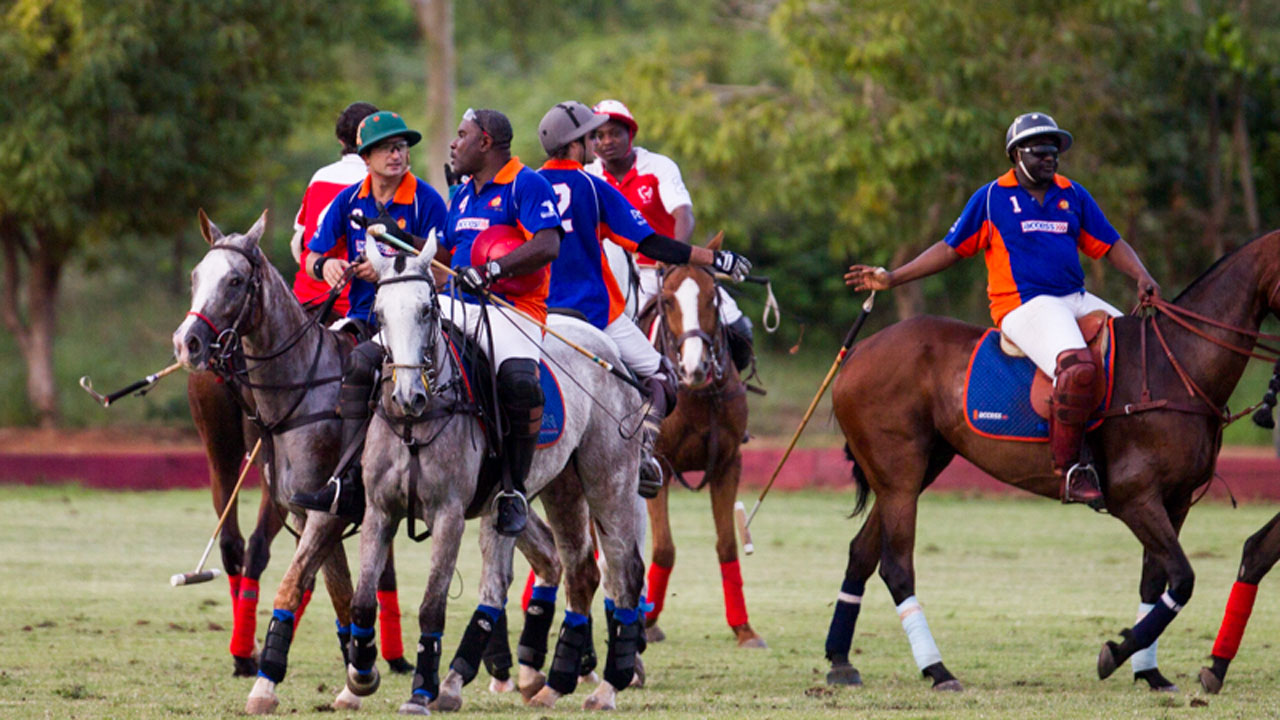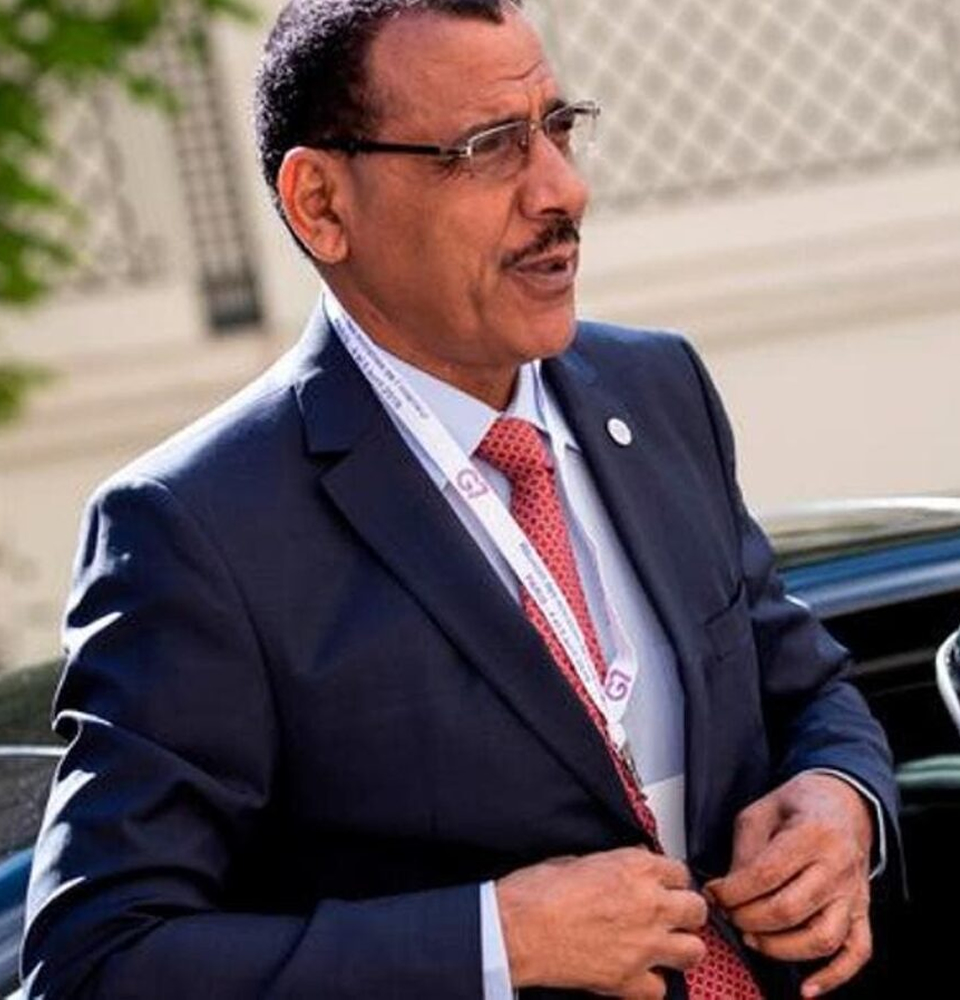Disaster
Rescuers search for bodies as Philippines storm death toll hits 98
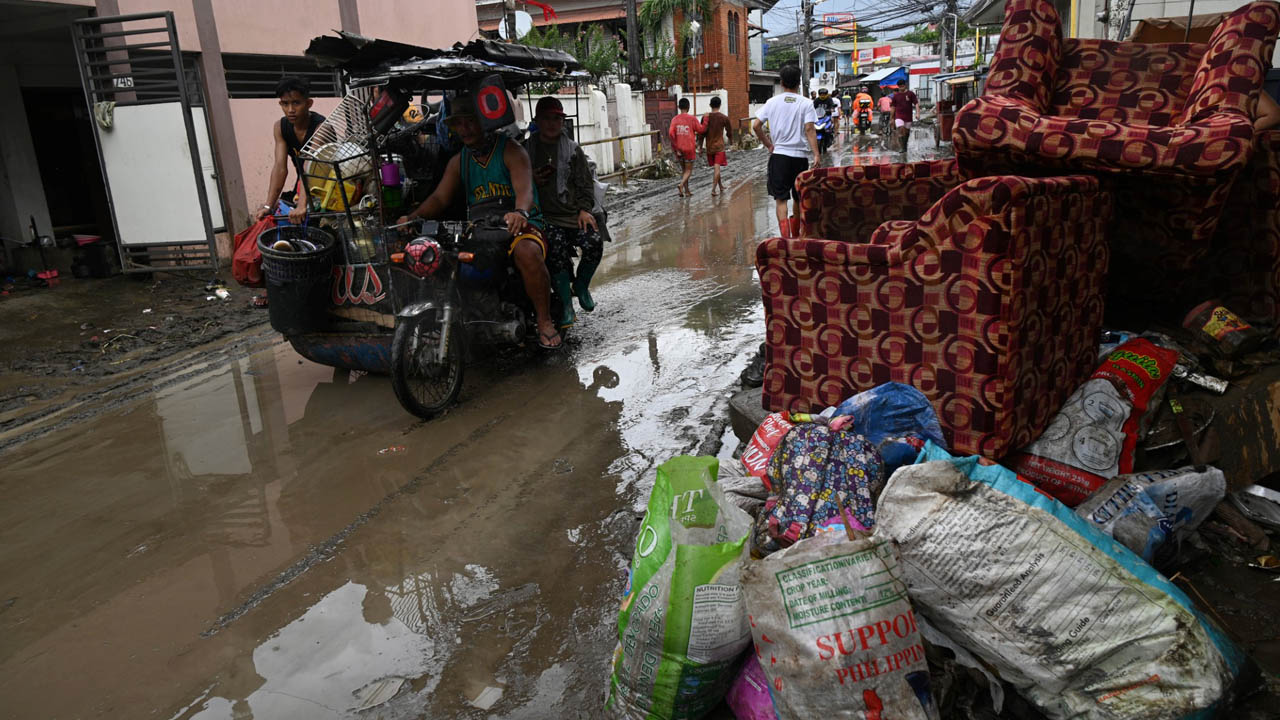
Philippine rescuers on Monday waded through thigh-deep mud using long pieces of wood to search for bodies buried by a landslide, as the death toll from a powerful storm rose to 98.
Just over half of the fatalities were from a series of flash floods and landslides unleashed by Tropical Storm Nalgae, which destroyed villages on the southern island of Mindanao on Friday.
Mindanao is rarely hit by the 20 or so typhoons that strike the Philippines each year, but storms that do reach the region tend to be deadlier than in Luzon and the central parts of the country.
There is little hope of finding survivors in the worst-hit areas after the storm swept across the archipelago nation, inundating communities in and around the capital Manila over the weekend.
The national disaster agency has recorded 63 people still missing and scores of others injured.
Perfidia Seguendia, 71, and her family lost all their belongings except the clothes they were wearing when they fled to their neighbour’s two-storey house in Noveleta municipality, south of Manila.
“Everything was flooded — our fridge, washing machine, motorcycle, TV, everything,” Seguendia told AFP.
“All we managed to do was to cry because we can’t really do anything about it. We weren’t able to save anything, just our lives.”
The Philippine Coast Guard posted pictures on Facebook showing its personnel in the devastated Kusiong village, in Maguindanao del Norte province of Mindanao, struggling through thick, thigh-deep mud and water as they searched for more bodies.
Kusiong was buried by a massive landslide, which created a huge mound of debris, just below several picturesque mountain peaks.
Rescuers poked long pieces of wood into the morass looking for five missing villagers, after recovering 20 bodies in recent days, the coast guard said.
“We have shifted our operation from search and rescue to retrieval because the chances of survival after two days are almost nil,” said Naguib Sinarimbo, civil defence chief of the Bangsamoro region in Mindanao.
Meanwhile, survivors faced the heartbreaking task of cleaning up their sodden homes.
Residents shovelled mud from their houses and shops after piling their furniture and other belongings in the streets of Noveleta.
“In my entire life living here, it’s the first time we experienced this kind of flooding,” said Joselito Ilano, 55, whose house was flooded by waist-high water.
“I am used to flooding here but this is just the worst, I was caught by surprise.”
– More rain on the way –
President Ferdinand Marcos began touring some of the hard-hit areas on Monday, including Noveleta, as aid agencies rushed food packs, drinking water and other relief to victims.
Marcos said preemptive evacuations in Noveleta had saved lives.
“While the calamity was huge, the number of casualties was not that high, although there’s a lot of damage to infrastructure,” he said.
Nalgae inundated villages destroyed crops and knocked out power in many regions as it swept across the country.
It struck on an extended weekend for All Saints’ Day, which is on Tuesday when millions of Filipinos travel to visit the graves of loved ones.
Scientists have warned that deadly and destructive storms are becoming more powerful as the world gets warmer because of climate change.
The state weather forecaster warned that another tropical storm was heading towards the Philippines even as Nalgae moved across the South China Sea.
Starting Wednesday, the new weather system could bring more heavy rain and misery to southern and central regions badly affected by Nalgae.
Landslides and flash floods originating from largely deforested mountainsides have been among the deadliest hazards posed by storms in the Philippines in recent years.
Disaster
Wildfire death toll hits 24 as Los Angeles set for more strong winds
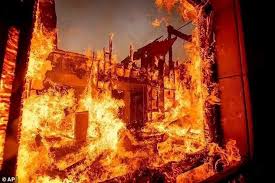
Washington, At least 24 people have died as major wildfires continue to ravage the Los Angeles area in the U.S. state of California, the city’s medical examiner said on Sunday.
No fewer than 16 of the fatalities are related to the Eaton Fire near Pasadena, and eight others to the Palisades Fire in the Pacific Palisades district.
There have been several major fires in the region since Tuesday, but these two are the most severe.
Officials fear the death toll may continue to rise, since it may take days before emergency services can safely access all areas impacted by the fires.
Firefighters were preparing for gusts to pick up again in the coming days, exacerbating what officials say could be one of the worst natural disasters in U.S. history.
The U.S. weather service forecast wind speeds of up to 110 kilometres per hour for Sunday, which, combined with dry vegetation, favours the rapid and unpredictable spread of both existing and new fires.
The California Department of Forestry and Fire Protection (Cal Fire) warned of “critical fire weather” through to Wednesday.
“Life-threatening winds and dangerously low humidity are forecast for much of Southern California – from Ventura to San Diego – creating a significant risk of rapid fire spread,” the department wrote on X.
It warned the wind would increase fire activity and urged people to avoid mowing their lawns and parking their vehicles on dry grass and to ensure all campfires were extinguished.
According to Cal Fire officials, some 12,300 buildings have been destroyed or damaged. Since Tuesday, almost 163 square kilometres of land have gone up in flames – a space almost the size of Washington D.C.
California Governor Gavin Newsom, speaking to broadcaster NBC, said the wildfires would be the worst natural disaster in U.S. history, in terms of the “scale and scope,” as well as the costs it has caused.
Newsom went on to sign an executive order to temporarily suspend environmental regulations for destroyed homes and businesses.
“Just issued an Executive Order that will allow victims of the So Cal fires to not get caught up in bureaucratic red tape and quickly rebuild their homes,” he wrote on X.
According to a preliminary estimate by the private U.S weather service AccuWeather, the fires have caused more than $135 billion in damage.
Arnold Schwarzenegger was among the Hollywood actors living in and around areas impacted by the fires.
“Don’t worry about me, or my animals, and certainly not my house,” the film star and former governor of California said, asking fans to think instead of the “heroic firefighters.”
As the fires rage on, attention has increasingly turned to the people fighting them, among them several hundred prisoners being paid a maximum of $10 a day for gruelling work trying to contain the blaze.
Californian authorities say the prisoners have undergone several days of training and are working voluntarily on removing flammable material and creating so-called firebreaks or gaps in vegetation to stop the spread of fire.
They are given another $1 per hour for emergency work.
Each day spent working as a rescue worker shortens the prison sentence by two days.
Only inmates who are serving a prison sentence of a maximum of eight years and are not serving time for crimes such as rape or arson may be deployed as helpers.
Disaster
Residents flee as flood ravages 10 communities in Kebbi – NEMA
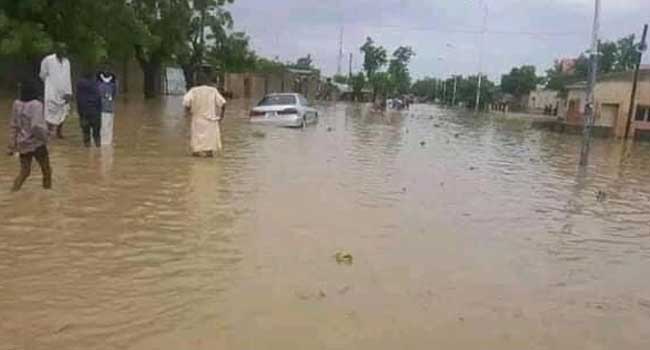
Residents flee as flood ravages 10 communities in Kebbi – NEMA
The National Emergency Management Agency (NEMA), says ten communities have been displaced by flood following heavy rains in Shanga Local Government Area of Kebbi.
Mr Aliyu Shehu-Kafindagi, the Head of Operations of NEMA, Sokoto Office, made this known when he led a joint assessment team to the affected areas on Wednesday.
He added that the incident left no fewer than 2,000 people homeless, who had no option but to flee to more safe areas.
“The incident, which occurred between Sept. 17 and 22, was caused by heavy rainfall and the coming of more water from River Niger, which led some communities to be submerged and inundated by the water.
“10 communities were affected in Shanga local government, and they include, Kunda, Dala- Maidawa, Dala-Tudu, Dala-Mairuwa, Ishe-Mairuwa, Kwarkusa, Kurmudi, Tugar Maigani, Tukur Cika, Uguwar Gwada, Uguwar Wakili and Gundu,” he said.
According to him, the displaced people are largely fishermen, who have lost many hectares of farmlands.
He said all their assorted crops comprising rice, maize, millet, beans, and guinea corn, among others, have been submerged.
The NEMA’s head also explained that the team in the course of its assessment, identified an Internally Displaced Persons (IDPs)’ camp in Tudun Faila Primary School, sheltering more than 300 people.
The News Agency of Nigeria (NAN) reports that the NEMA’s joint assessment exercise was conducted in collaboration with the State Emergency Management Agency (SEMA), Shanga LG Officials, and security operatives in the state.
Disaster
U.S. Govt offers humanitarian aid to Maiduguri flood victims
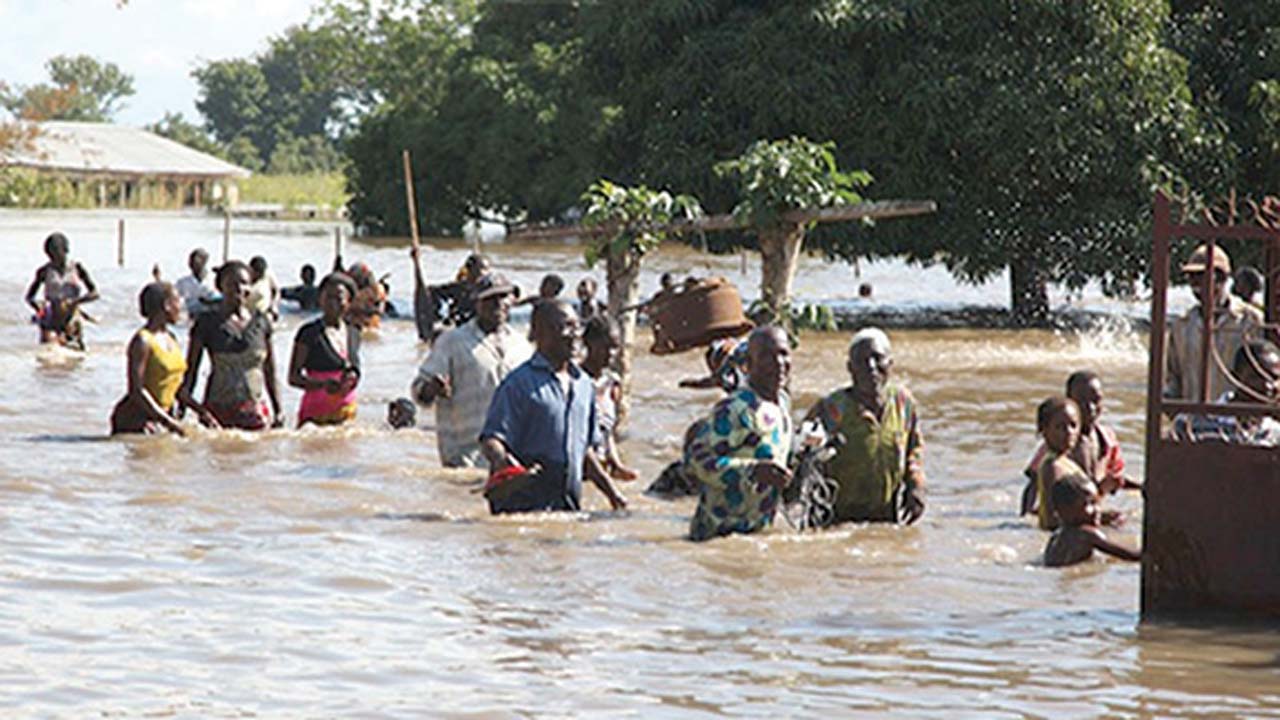
U.S. Govt offers humanitarian aid to Maiduguri flood victims
The U.S. government has offered humanitarian assistance to victims of the devastating flooding, which recently occurred in Maiduguri and other parts of Borno State.
“The United States is deeply saddened by the devastating floods that have affected Maiduguri and other parts of Borno State, resulting in loss of life, destruction of property, and the displacement of many families.
“We extend our condolences to the victims, their families, and all those impacted by this disaster.
“In response, the U.S. Agency for International Development (USAID) is providing assistance to the affected victims through UN agencies and our implementing partners,” the U.S. Embassy, Abuja, stated on Monday.
“Through the World Food Programme(WFP), USAID is providing hot meal rations in four camps hosting internally displaced persons and has reached more than 67,000 individuals in the past few days.
“The WFP is also providing emergency nutrition assistance to pregnant and lactating women, including children under five years old,” it added.
The embassy further said that the International Organization for Migration (IOM) was using an initial 3 million dollars in USAID funding to address flood needs across the country.
It said USAID was also supporting the United Nations Humanitarian Air Service (UNHAS) in conducting food airlifts to inaccessible areas in Borno and Maiduguri city to address urgent needs.
“Other USAID-funded partners, including international and local NGOs, are repurposing existing funds to provide critical assistance to individuals affected by the flooding in Maiduguri and neighbouring Jere Local Government Area.
“We commend the bravery and resilience of the people of Maiduguri and the tireless efforts of first responders, aid workers, and local authorities who are on the ground delivering essential services.
“Our thoughts remain with the people of Borno during this challenging time,” the embassy further stated.
The News Agency of Nigeria (NAN) reports that the disaster had culminated in the loss of lives, destruction of property, and the displacement of many families, attracting a humanitarian assistance floodgate.
NAN reports that the National Emergency Management Agency (NEMA) says more than 30 people have died and over 400,000 displaced due to the flood in Maiduguri.
On Sept. 9, thousands of residents fled their homes as flood-ravaged swathes of Fori, Galtimari, Gwange, and Bulabulin areas of Maiduguri.
The flood occurred due to the collapse of the Alau Dam which had been at full capacity.
The Borno government opened up internally displaced persons (IDP) camps for victims across the state.
-

 Headlines4 years ago
Headlines4 years agoFacebook, Instagram Temporarily Allow Posts on Ukraine War Calling for Violence Against Invading Russians or Putin’s Death
-
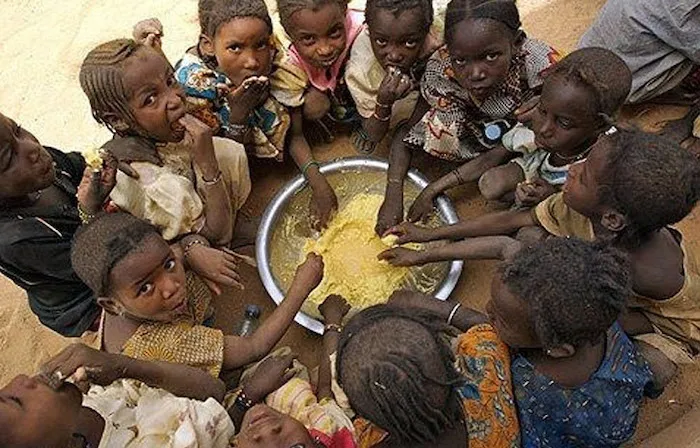
 Headlines4 years ago
Headlines4 years agoNigeria, Other West African Countries Facing Worst Food Crisis in 10 Years, Aid Groups Say
-
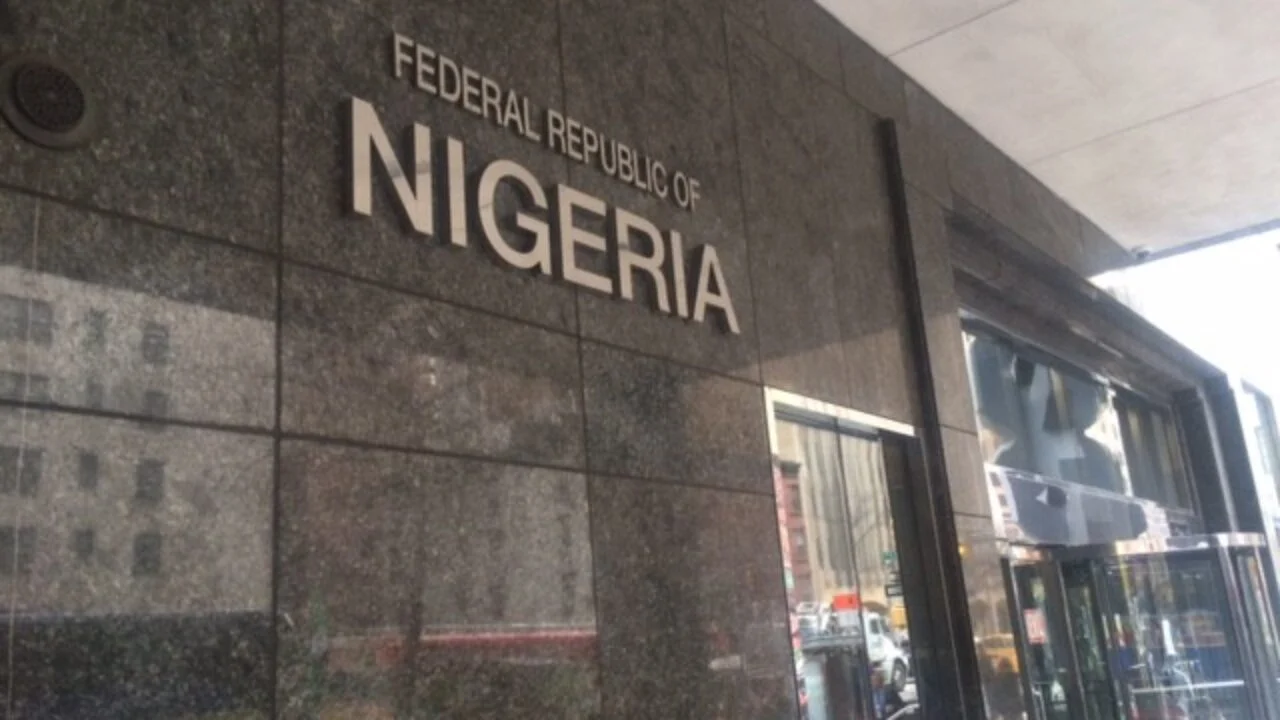
 Foreign4 years ago
Foreign4 years agoNew York Consulate installs machines for 10-year passport
-

 News1 year ago
News1 year agoZero Trust Architecture in a Remote World: Securing the New Normal
-

 Entertainment3 years ago
Entertainment3 years agoPhyna emerges winner of Big Brother Naija Season 7
-

 Headlines1 year ago
Headlines1 year agoNigeria Customs modernisation project to check extortion of traders
-

 Entertainment2 years ago
Entertainment2 years agoMovie download platform, Netnaija, announces closure
-
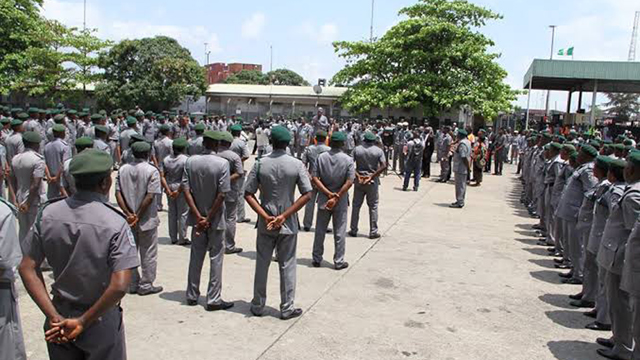
 Economy2 years ago
Economy2 years agoWe generated N30.2 bn revenue in three months – Kano NCS Comptroller





